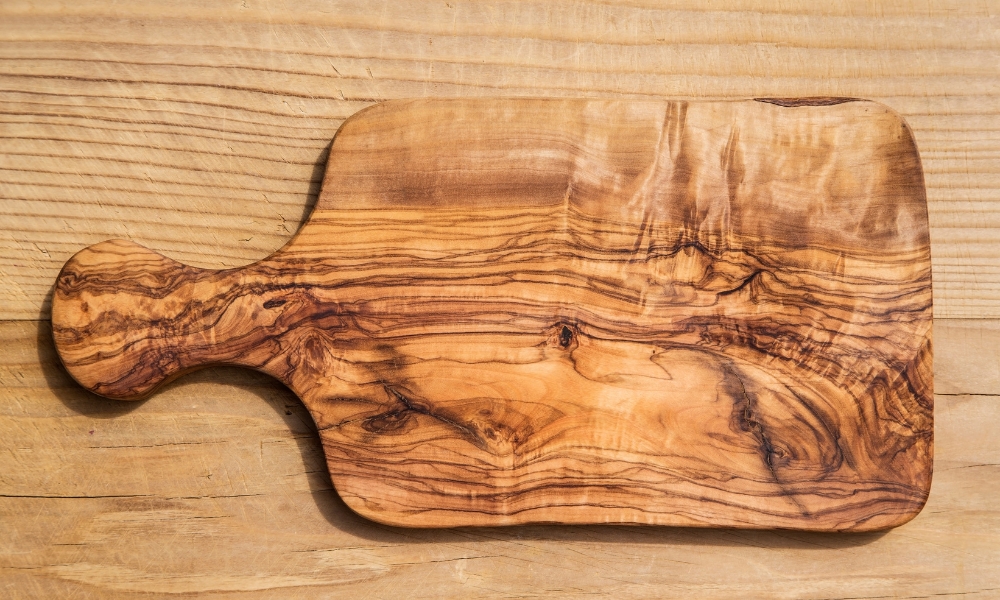Choosing the right wood for your cutting board is essential to ensure durability, safety, and functionality in your kitchen. The material you select can significantly impact not only the longevity of the cutting board but also the quality of your food preparation. Understanding what wood to use for the cutting board will help you make an informed decision that balances aesthetics, hygiene, and practicality. In this guide, we’ll explore the best types of wood for cutting boards, highlighting their unique properties and benefits to help you find the perfect fit for your culinary needs.
Are There Any Woods That Are Unsafe For Cutting Boards?
When selecting what wood to use for a cutting board, it is crucial to consider the safety of the materials. Some woods are inherently unsafe for boards due to their toxic properties or excessive hardness. For instance, softwoods like pine and cedar are not recommended because they can harbor bacteria in their porous surfaces, making them difficult to clean thoroughly. Additionally, certain exotic woods such as purpleheart and rosewood contain natural toxins that can leach into food, posing health risks. Opting for hardwoods like maple, walnut, or cherry ensures a safer and more hygienic cutting board.
Can I Use My Wooden Cutting Board For All Types Of Food?
Understanding what good wood to use for cutting board also involves knowing its versatility in food preparation. While wooden cutting boards are excellent for many types of food, it’s best to use separate boards for different categories to avoid cross-contamination. Wooden boards are ideal for cutting fruits, vegetables, bread, and even cooked meats due to their gentle surface that prevents knife dulling. However, raw meats and fish should preferably be cut on plastic boards, which can be sanitized more rigorously. By using designated boards for various food types, you can maintain both the board’s integrity and kitchen hygiene.
Importance Of Using Wood
The importance of using wood for cutting boards extends beyond aesthetics; it also encompasses practicality and sustainability. Wood has natural antimicrobial properties that help reduce the risk of bacterial contamination, making it a healthier choice for food preparation. Additionally, wooden boards are self-healing; small cuts and scratches tend to close up, which helps maintain a smooth surface over time. Environmentally, choosing what wood to use for cutting board also supports sustainable forestry practices. High-quality wooden boards are durable and can last for many years, reducing the need for frequent replacements and minimizing waste. Thus, using wood for cutting boards is a decision that benefits your kitchen, health, and the environment.
Best Wood
1. Maple
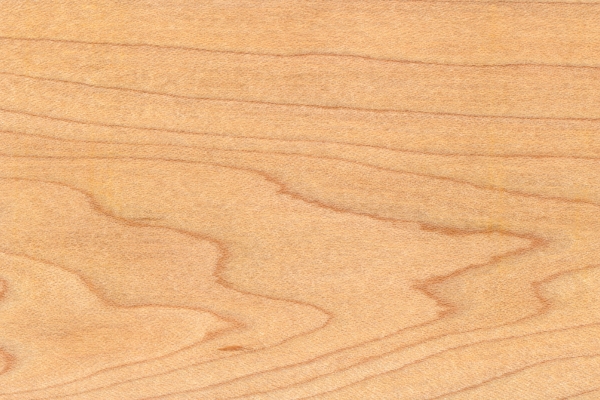
When considering what wood to use for a cutting board, maple often tops the list. Its tight grain and hardness make it highly durable, resistant to knife marks, and less prone to harboring bacteria. Maple is a non-porous wood, meaning it doesn’t absorb liquids easily, which helps maintain cleanliness and hygiene. Additionally, its light color makes it easy to spot any residues that need to be cleaned, ensuring your cutting board stays sanitary.
2. Walnut
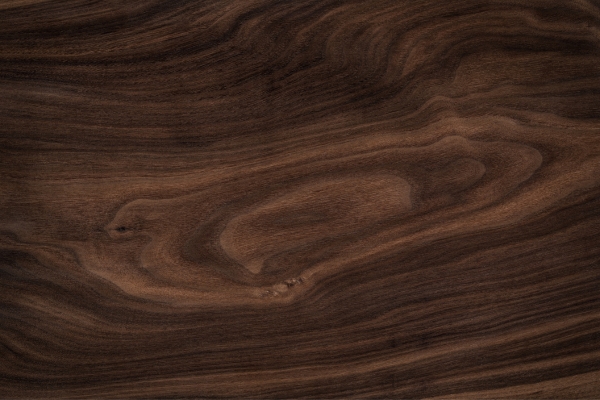
Walnut is another excellent choice for cutting boards, valued for its rich, dark color and fine grain. This hardwood is both durable and gentle on knives, providing a balance of aesthetics and functionality. Walnut’s moderate hardness makes it tough enough to withstand regular use without dulling your blades quickly. Its natural resistance to moisture and bacteria growth further underscores its suitability as a top-tier material for boards.
3. Cherry
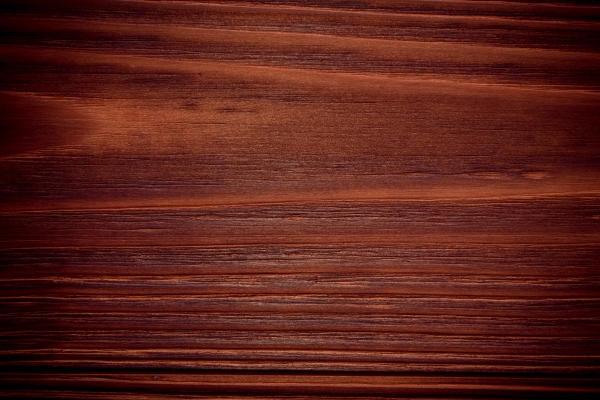
Cherry wood is prized for its beautiful reddish hue and smooth grain. It offers a softer surface compared to maple and walnut, which means it’s even kinder to knife edges. While slightly more prone to showing knife marks, cherry woods cutting boards can be easily maintained with regular oiling, which enhances their longevity and appearance. Cherry’s natural anti-bacterial properties also make it a safe and attractive option for kitchen use.
4. Teak

Teak wood stands out for its exceptional durability and resistance to moisture, making it a superb choice for cutting boards. Its high oil content and tight grain structure prevent water absorption and reduce the risk of warping or cracking. Teak’s hardness ensures it can handle heavy use, while its natural oils provide a self-healing quality that keeps the board looking new for longer. These properties make teak a reliable and long-lasting option for cutting boards.
5. Beech
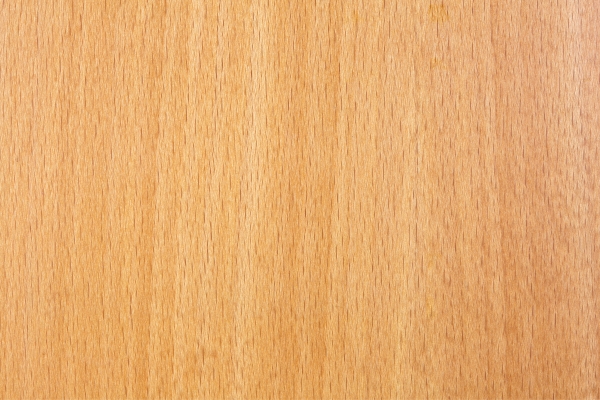
Beech is a versatile and reliable woods choice for cutting boards, known for its fine, even texture and light color. It is moderately hard, providing a durable surface that is resistant to knife marks while still being gentle on blades. Beech wood’s closed grain prevents moisture absorption, which helps maintain hygiene and prolongs the board’s lifespan. Its affordability and practicality make beech a popular and effective choice for home kitchens.
6. Olive Wood
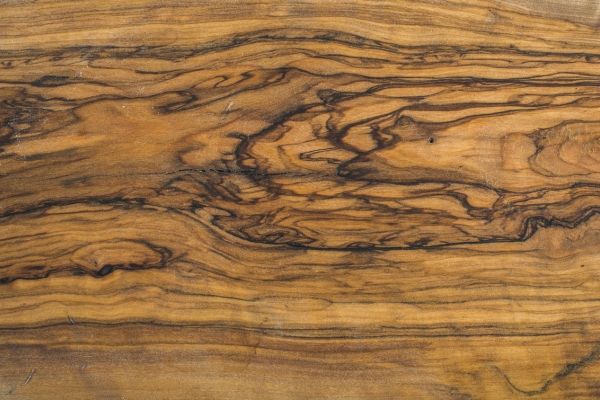
Olive wood is cherished for its stunning grain patterns and natural antibacterial properties. This hardwood is durable and resistant to odors, making it an excellent choice for cutting boards. Olive wood’s dense structure and smooth surface help prevent knife marks and maintain the board’s integrity over time. Although often more expensive, its unique aesthetics and functional benefits make olive wood a luxurious and practical option for discerning cooks.
7. Ash
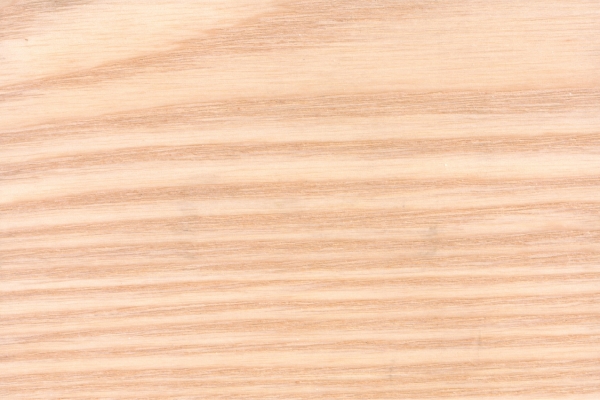
Ash wood is known for its strong, straight grain and light color, which provides a durable and attractive surface for cutting boards. This hardwood is resistant to wear and tear, making it suitable for heavy-duty kitchen tasks. Ash’s hardness ensures it can withstand frequent use without significant damage, while its non-porous nature helps keep the board clean and free from bacterial contamination. Ash wood’s combination of strength and beauty makes it a reliable choice for both professional and home kitchens.
Advantages
Choosing the right wood for a cutting board offers several advantages, including durability, knife-friendliness, and hygiene. Hardwoods like maple, walnut, cherry, teak, beech, olive wood, and ash provide sturdy surfaces that resist wear and tear, ensuring long-lasting use. These woods are also gentle on knife edges, preventing them from dulling quickly. Additionally, many of these woods have natural antibacterial properties and tight grains that prevent moisture absorption, making them easier to clean and maintain. The aesthetic appeal of these woods also enhances the overall look of your kitchen, adding a touch of elegance to your culinary space.
Conclusion
Selecting what wood to use for a cutting board is a vital decision that impacts the functionality, hygiene, and aesthetics of your kitchen tools. Whether you prefer the classic durability of maple, the rich hues of walnut, the smooth texture of cherry, the moisture resistance of teak, the practicality of beech, the unique patterns of olive wood, or the strength of ash, each woods type offers distinct benefits. By choosing a high-quality wood, you ensure that your cutting board will serve you well for years to come, providing a reliable and beautiful surface for all your food preparation needs.
